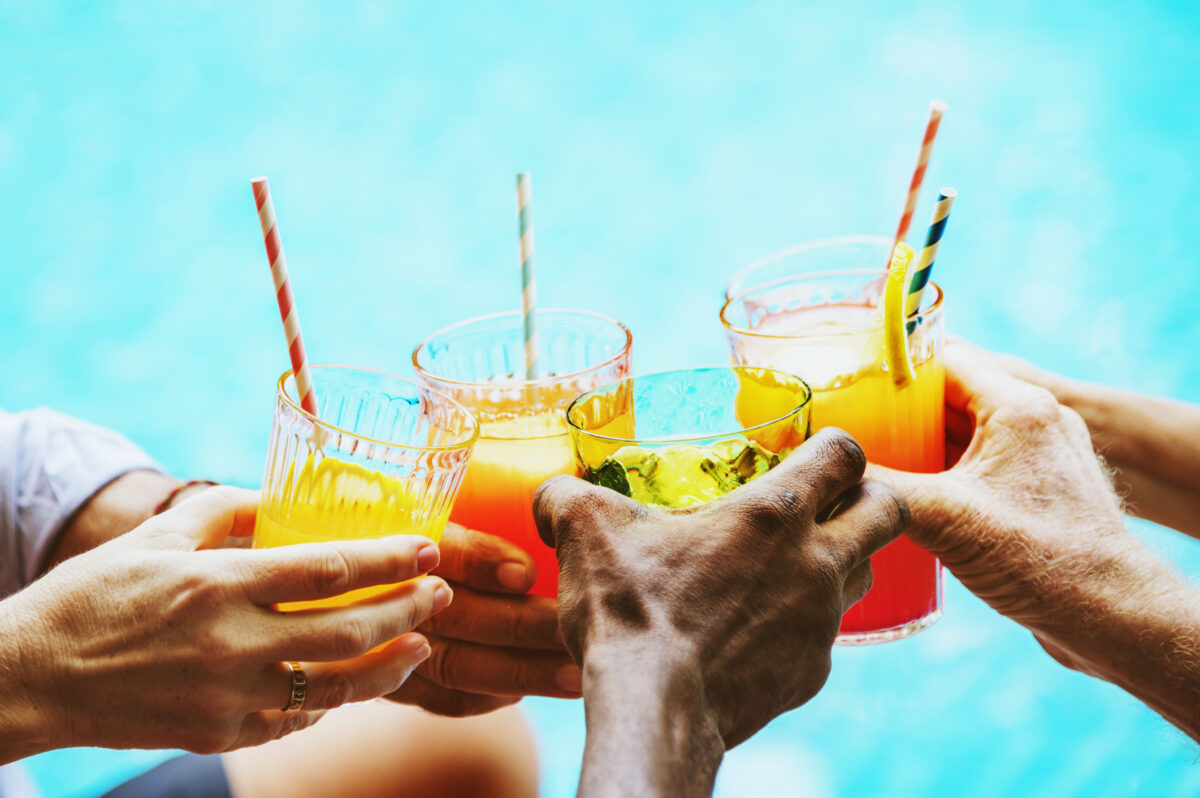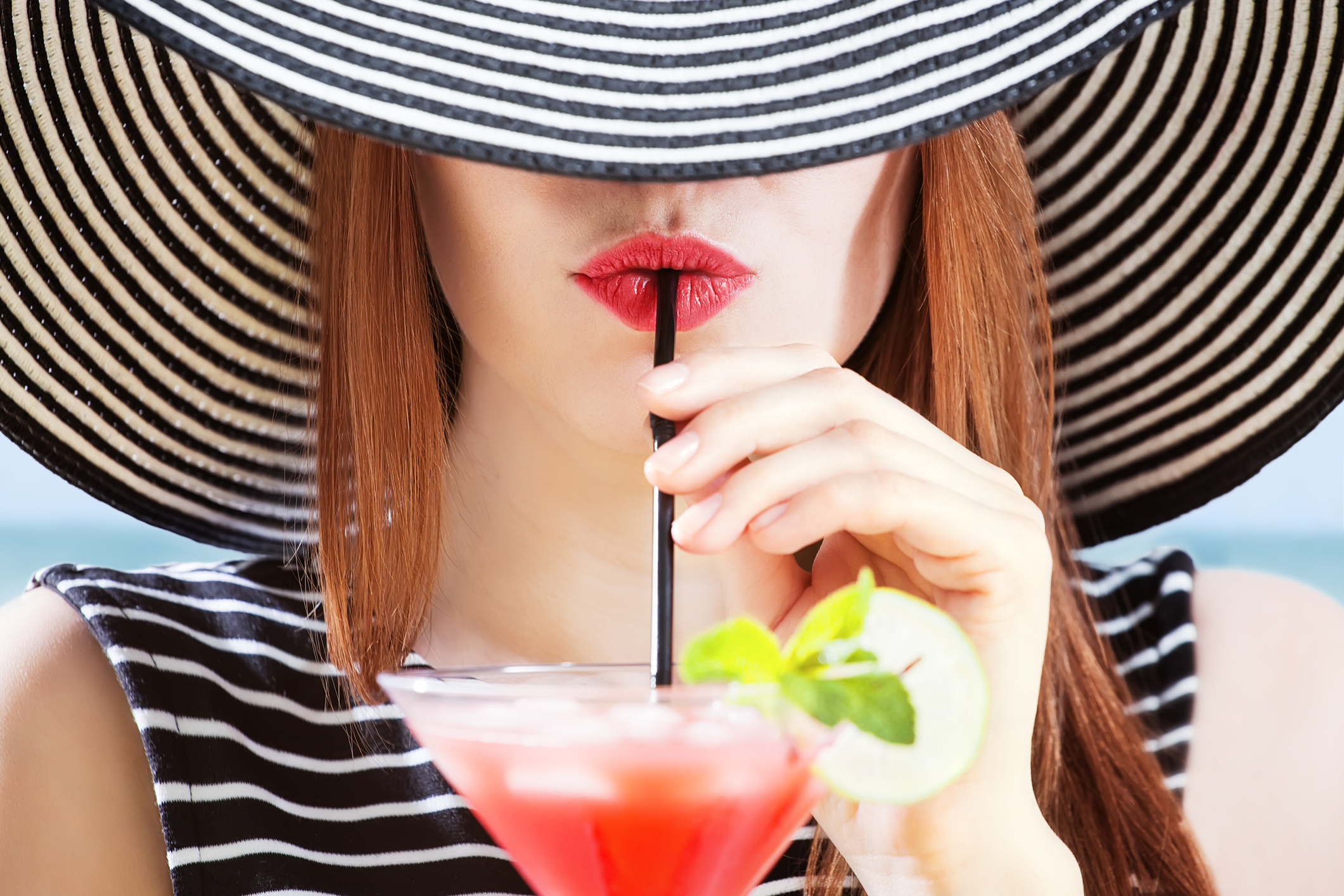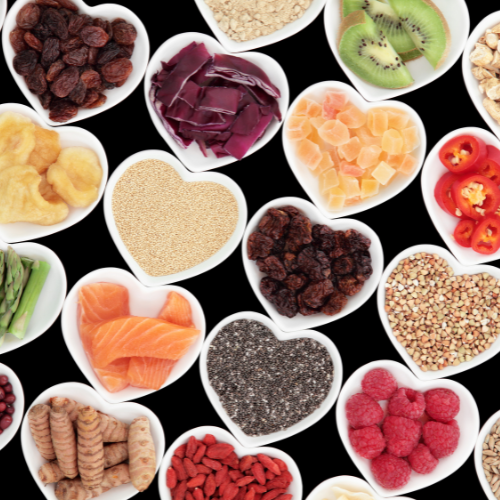Why everyone should be aware of low and no alcohol trends

In the last few years the non-drinkers market has dramatically increased. As people turn to an alcohol reduced or free future, the commercial opportunities for drinks brands is boundless. No longer limited to soft drinks on tap, the world of low and alcohol free drinks now encompasses most drinks available with alcohol in, even sometimes going further afield to unique and interesting products.
At Food Matters Live, we want to equip you with the most up to date knowledge to help you thrive in the alcohol free market.
Equip yourself with the most up to date market insight and consumer data on the burgeoning low/no alcohol market at this Trends Panel:
A taste of trends: low/no alcohol in 2023
Thursday 20 October 2022 | 14:30 – 16:00 BST
What are the health benefits of low/no alcohol drinks?
In this episode Dash Lilley the Co-Founder and Product Manager at Three Spirit and David Begg the Founder of Real Kombucha joined host Stefan Gates to discuss what functional ingredients means, and how they could impact the overall sector.
Dash defines a functional ingredient as anything that has a physiological effect. That might be to do with immunity, it might be to do with energy, it might be to do with stress or relaxation. It means a group of active compounds that can deliver a desirable effect on the body. How does this tie into low/no alcohol drinks?
David raises the idea that any food that has an impact on the body can be seen as a functional food, using the example of chard creating a positive impact on your gut microbiome. Real Kombucha, who specialise in the production of exciting and flavourful fermented drinks are well versed in the potential gut health benefits their drinks produce. However, there is a hesitation to push this as the overriding message of the product given many of the claims do not have substantial backing. Instead, they want to focus on the experience of consuming the product.
An non-alcoholic product needs to stand up against the alcoholic giants in terms of flavour and experience for it to compete.
Dash at Three Spirit wants to harness the functional attributes of alcohol through the positives and rituals of when we might consume it. How you can create a product that gives the consumer the same, or better experience than the original alcohol product might be.
Listen to the episode in full to find out more about how exciting fermentation is, and what might be holding the market back.
How do you master the flavour of alcohol free drinks?
So much of what makes an alcoholic drink enjoyable comes from the flavours produced when sugars are fermented. It’s incredibly challenging to mimic the flavour of alcoholic drinks when that potent, unique taste of alcohol is removed.
But this episode’s guests think it’s possible. Michel Aubanel the Flavour Ingredients Global Development Director at Kerry, John Kelly the Senior Strategic Marketing Manager – Beverages at Kerry and Danielle Bekker the Co-Founder of Good Living Brew joined the conversation to discuss how to harness the power of ingredients to create the perfect alcohol-free tipple.
Taste is a critical element to the driver of consumer choice and repurchase. It is important to get this right to help the growth and acceptance of low and no alcohol products with consumers. Alcohol carries a lot of flavour. A lot of what is experienced taste-wise is actually smell, with the potent flavours hitting the back of the nose first and helping to create that warming flavour.
The process of fermentation creates hundreds if not thousands of flavour compounds that work together to create the alcoholic drinks we know. This gives you just a small indication at just how challenging this process is for product developers.
There is also the challenge of responding to consumer needs to create products that provide the familiar, and ones that create extraordinary experiences. It’s important to meet the needs of both types of consumers, the ones looking to mimic and the ones looking for something new.
Listen to the episode in full to find out more about the science behind creating the flavours, and some very strange briefs that the guests have had to fulfil.
What types of low/no alcohol products are we likely to see more of?
Laura Willoughby MBE the Founder of Club Soda and the Mindful Drinking Festival, Rob Fink the Co Founder of Big Drop Brewing Co, and Thorsten Hartmann the Head of Custom Analytics at IWSR join Stefan Gates to discuss what’s next for the sector. What will we all be drinking in ten years’ time? And how can “low and no” overcome some of the challenges it faces?
In 2020, it is thought the global alcohol consumption is thought to have dropped by 6%. And with more consumers forgoing alcohol, these people will be looking for alternative products to enjoy. Laura raises the point that there are varying factors for why people make the decision to reduce their consumption, which is why increasing options is so important.
There has also been a shift in perception. For Laura, in 2015 the leading reason for reducing consumption of alcohol was weight loss, whereas now she is seeing people highlighting mental health as the leading factor.
It is also important to note the importance of people’s social lives. Drinking is such an integral part of many cultures and social lives, and is often one of the main things that get in the way of changing drinking habits. Alcohol free drinks that make people feel included in the occasions will be fundamental to the future of the market. Consumers don’t want to lose out, and giving them the same, if not better, experience is key.
Rob also raises the issue of calling it the low and no alcohol industry. Calling it low and no makes it seem as though these products are lacking. As it evolves, the conversation around it will hopefully change, which may lead to a change in naming conventions.
Listen to the full episode to find out how the guests think people’s perceptions will change, and how that could impact the market.








